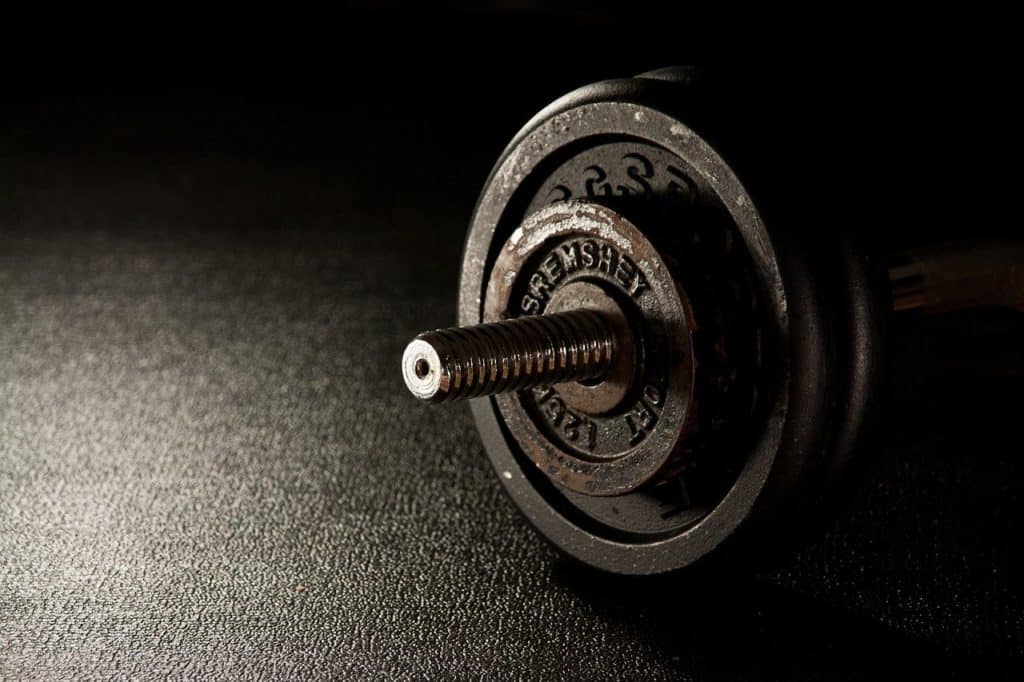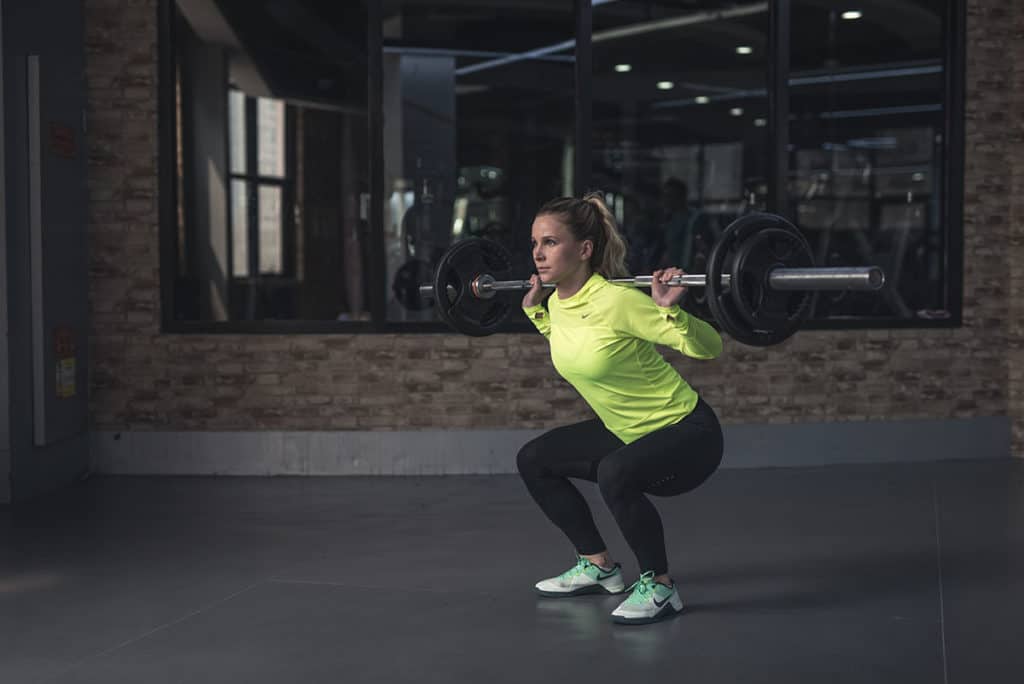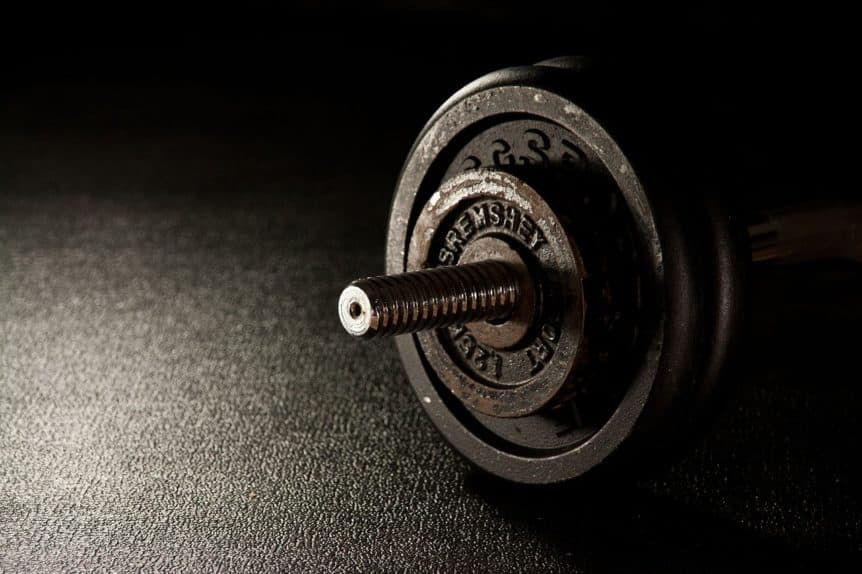
Taekwondo, a martial art and sport, demands strength, flexibility, and explosive power. Weightlifting tailored for Taekwondo enhances kicks, punches, and endurance without sacrificing agility. This guide explains why strength training matters, which muscles to target, its benefits, and the best workout programs to elevate your Taekwondo game.
Why Weight Training for Taekwondo?
Strength training for Taekwondo builds power and speed, not bulky muscles, to improve your martial arts performance. The goal is to develop fast-twitch muscle fibers for explosive movements, like powerful kicks and quick strikes. High-intensity, low-volume lifting prioritizes strength over size, preserving the flexibility Taekwondo requires. This approach increases strike force, extends range, and boosts endurance, letting you hit harder for longer.
Muscles to Strengthen for Taekwondo
Taekwondo relies heavily on lower body strength for kicks and balance, so training targets specific muscle groups. Key areas include:
- Quadriceps: Power front and side kicks.
- Hamstrings: Support back kicks and stability.
- Gluteals: Drive explosive hip movements.
- Abductors and Adductors: Enhance lateral movement and balance.
- Hip Flexors: Improve kick height and speed.
- Core (Abs, Obliques): Stabilize the body during spins and strikes.
Exercises mimic Taekwondo movements, like back kicks or roundhouse kicks, to build functional strength for sparring and forms.
Benefits of Strength Training in Taekwondo
Proper strength training transforms you into a well-rounded Taekwondo athlete with improved power and stamina. It helps if you’re struggling with endurance, weak strikes, or reduced flexibility from oversized muscles. Expect these benefits:
- Stronger balance and stance.
- Better muscle control for precise techniques.
- Full range of motion for high kicks.
- Improved endurance from cardio integration.
- Lower body fat for agility.
- Enhanced heart, lung, and muscle strength.
- Explosive force for powerful strikes.
Training focuses on power generation and speed, similar to an Olympic sprinter, not bodybuilding bulk.
Taekwondo Weightlifting Programs
The right weightlifting program builds explosive power and fits your Taekwondo schedule, with recovery time included. Two standout programs deliver fast-twitch muscle gains and endurance: Olympic Lifting and High-Intensity Interval Training (HIIT) with plyometrics. These emphasize speed, strength, and functional movements over heavy weights.
Olympic Lifting
Olympic lifting develops quick, powerful muscles through explosive exercises. It enhances full range of motion, muscle control, and technique, ideal for Taekwondo’s dynamic movements. Popular exercises include:
- Power Clean: Builds explosive hip and leg power.
- Front Squat: Strengthens quads and core for kicks.
- Squat Clean: Combines squat and clean for total-body power.
- Power Snatch: Improves speed and coordination.
- Squat Snatch: Boosts lower body strength and balance.
Sample Schedule (3x/week):
- Monday: Power Clean (10×2), Front Squat (10×2).
- Wednesday: Power Snatch (5×2), Squat Clean (10×2).
- Friday: Squat Snatch (5×2), Front Squat (10×2).
Use moderate weights (60–70% of max) for speed, not max lifts, with 90 seconds rest between sets.
The Importance of Squats
Squats are a cornerstone for Taekwondo, mimicking back kick motions and strengthening the lower body. They build explosive power and speed without needing heavy weights. Aim for 10 reps per set at moderate intensity to prioritize strength and quickness. Schedule squats on alternate days (e.g., Monday, Friday) to allow recovery, pairing with Taekwondo practice for cardio benefits.
HIIT and Plyometrics
HIIT with plyometrics pushes muscles to failure in short bursts, building stamina and explosive power. These bodyweight or light-weight exercises suit Taekwondo’s need for agility. Examples include:
- Squat to Squat Jump: Boosts leg power.
- Lunge to Plyo Lunge: Enhances dynamic balance.
- Step Jack to Star Jump: Increases cardio and explosiveness.
- Plank to Plyo Spider Lunge: Strengthens core and legs.
- Plank to Frogger: Improves agility and core stability.
Sample Schedule (2x/week):
- Tuesday: 3 rounds of Squat Jumps (30 sec), Plyo Lunges (30 sec), Star Jumps (30 sec), rest 1 min between rounds.
- Saturday: 3 rounds of Plyo Spider Lunges (30 sec), Froggers (30 sec), rest 1 min between rounds.
Sample Weekly Workout Plan

Combine Olympic lifting and HIIT for balanced strength and explosiveness, with rest days for recovery and Taekwondo practice. Example:
- Monday: Power Clean (10×2), Front Squat (10×2), Taekwondo drills.
- Tuesday: HIIT (Squat Jumps, Plyo Lunges, Star Jumps), Taekwondo forms.
- Wednesday: Power Snatch (5×2), Squat Clean (10×2), light stretching.
- Thursday: Rest or light Taekwondo practice.
- Friday: Squat Snatch (5×2), Front Squat (10×2), Taekwondo sparring.
- Saturday: HIIT (Plyo Spider Lunges, Froggers), flexibility work.
- Sunday: Rest or active recovery (yoga, mobility).
Adjust based on competition schedules to peak on event days.
Practical Tips for Strength Training
A few tips ensure your weightlifting supports Taekwondo without compromising flexibility or recovery.
- Prioritize Form: Focus on technique to avoid injury and maximize power.
- Use Moderate Weights: Lift 60–70% of your max to build speed, not bulk.
- Incorporate Flexibility: Stretch daily to maintain kick range.
- Balance Cardio: Pair lifting with Taekwondo for endurance.
- Rest and Recover: Take at least one rest day weekly to prevent overtraining.
- Consult a Coach: Work with a trainer to tailor exercises to your needs.
Quick Reference Table
| Program | Focus | Key Exercises | Frequency |
|---|---|---|---|
| Olympic Lifting | Explosive power, fast-twitch fibers | Power Clean, Front Squat, Power Snatch | 3x/week |
| HIIT/Plyometrics | Stamina, agility, explosiveness | Squat Jumps, Plyo Lunges, Froggers | 2x/week |
| Taekwondo Practice | Technique, flexibility, cardio | Kicks, forms, sparring | 3–5x/week |
Resources for Further Learning
To dive deeper, check books like Taekwondo: The Essential Guide or Strength Training for Martial Arts on Amazon.
Final Thoughts
Weightlifting for Taekwondo boosts your power, speed, and endurance without sacrificing flexibility. By focusing on Olympic lifting and HIIT, you’ll build the explosive strength needed for stronger kicks and punches. Pair with regular Taekwondo practice, prioritize recovery, and watch your performance soar.

